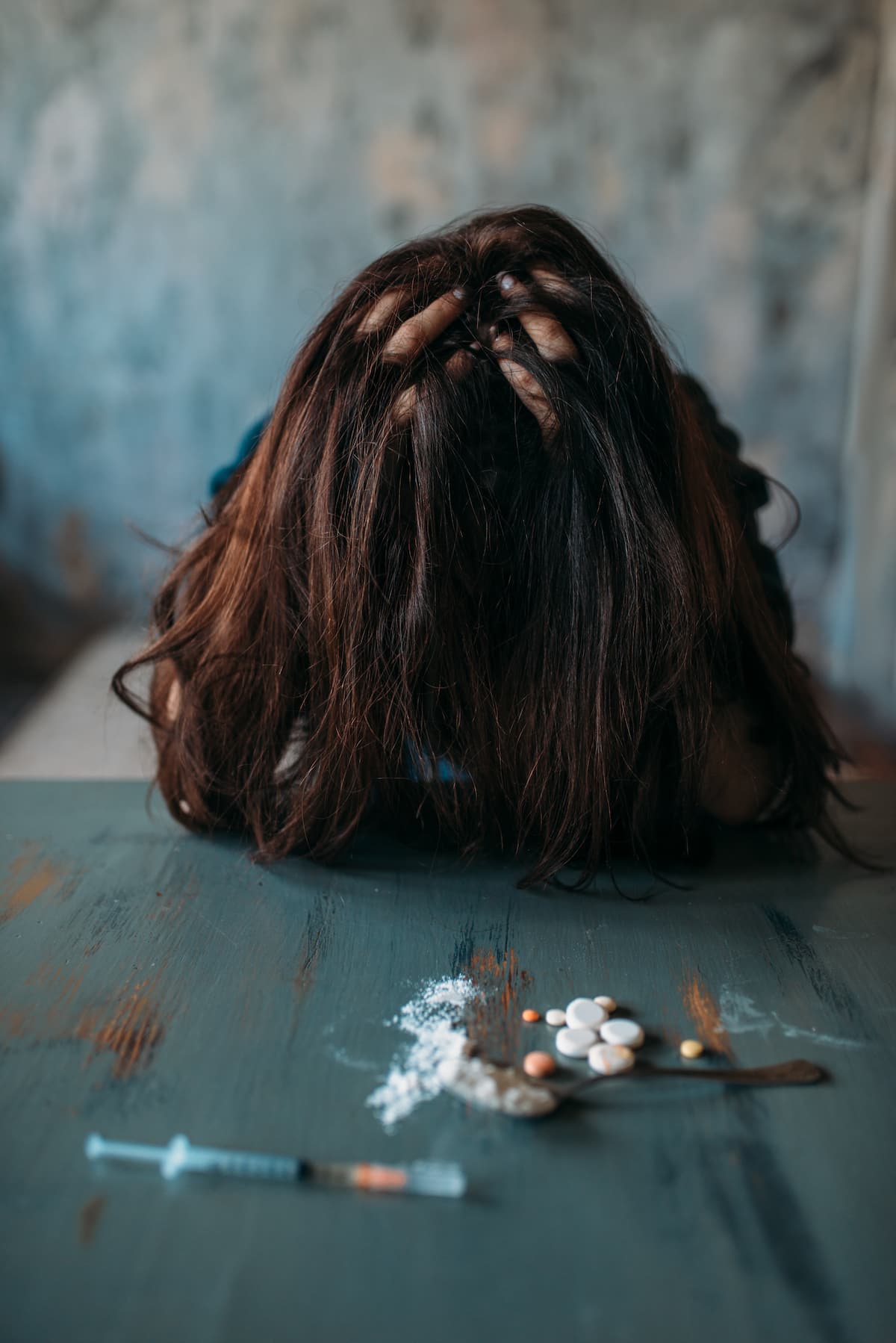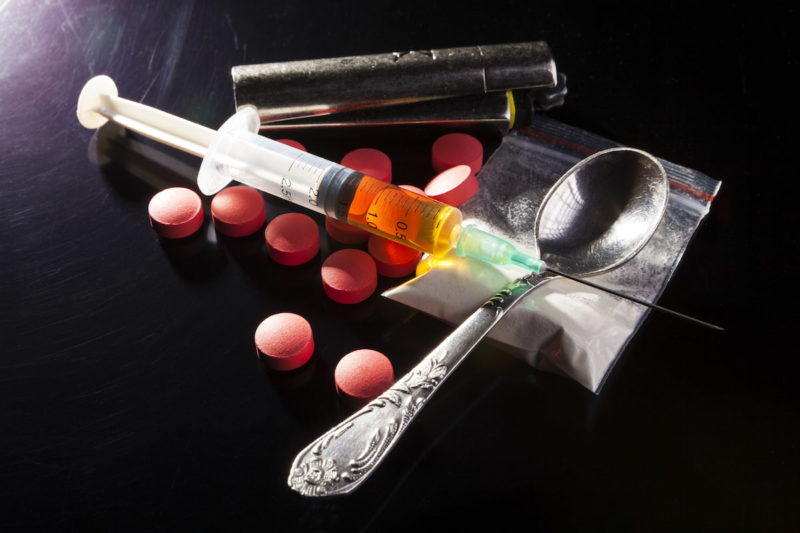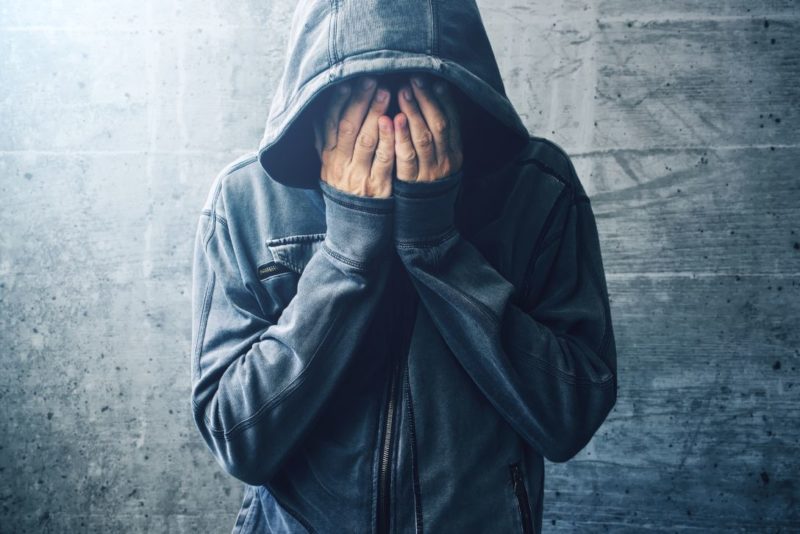Last Updated on March 1, 2024
What is drug addiction and how can we separate drug use from abusing medical prescriptions and illegal drugs?
Since the dawn of time, people have been using all sorts of herbal extracts and blends to improve their physical or cognitive potential, as well as to reduce pain caused by an illness or injury. With science rapidly moving forward, dangerous drugs are becoming easier to come by, afford, and become addicted to.
Realizing the first signs of addiction and calling the National drug abuse hotline numbers: free addiction help 24/7 on time is the ultimate weapon in our fight with the drug abuse.
However, to ensure we can pick up the early warning signs, it’s of paramount importance to know which types of drugs can be abused, how addiction develops, and which behavioral patterns show the signs that a person is experiencing the problem.
The development of drug abuse

As much as we connect drug addiction to the use of illegal substances like cocaine or heroin, prescription drugs can also lead to abuse. While many useful drugs help with a pain in our back, improve our focus, or enhance our mood, the same substances can also become a reason to contact an addiction help hotline.
The same happens with recreational drugs; a joint at a friend’s house or an occasional hit of Ecstasy while at a party could also become a problem if the initial usage frequency starts increasing.
As we take a certain drug, or brain becomes hooked to the dopamine that rushes through. Dopamine is a pleasure hormone that is released every time we perform a satisfying activity like eating or drinking when we feel hunger or thirst.
Each time we repeat the process, our brain connects the use of a drug with the pleasure it feels and starts to send out signals when the concentration of the substance in our body diminishes.
Now, you feel the need to roll up a joint or hit a line of cocaine beyond the usual routine. The moment your desire overpowers your will, that’s the exact moment when addiction is formed.
As the problem further develops, a person could start neglecting academic or professional obligations in favor of fulfilling the need for drugs. In a more advanced phase, drug addicts start neglecting all other aspects of life such as friends or family members and dedicate their full attention to securing the next hit. This is where calling a rehab hotline and arranging a meeting is the most rational step one should take.
Common behavioral patterns and symptoms

As we already said, distinguishing the first signs of drug-related issues is the only way to secure timely assistance to a person in need.
Although different types of drugs have their distinctive effects and vary from euphoric feelings to reduced cognitive and motor functions and audio-visual hallucinations, the behavioral patterns that appear when a person is experiencing drug-issues are the same.
In most cases, people will start abusing prescription drugs such as opioids and painkillers. Taking a drug when there’s no pain or injury or taking a higher dosage than prescribed could be the early signs of a drug-related problem.
One of the most serious symptoms of addiction and a threshold for contacting a drug addiction helpline is the use of drugs when it poses a danger like taking drugs while driving a car. Reduced cognitive and motor functions that follow drug use can lead to accidents and put human lives in jeopardy.
Neglecting professional, academic, or family commitments is a common manner of behavior for most addicts in the initial phase. You could be late for work or avoid finishing a task to obtain or enjoy a drug.
A clear sign of addiction is experiencing withdrawal symptoms such as nausea, anxiety, sweating, irritation, depression, or uneasiness. These symptoms stop once the person takes another dose of the drug.
Distorted social life is a well-known symptom of both drug abuse and addiction. An addict, driven by the physical or psychological craving for a drug will show open aggression, commit to criminal behavior, and often isolate from friends and family.
Abandoning hobbies, recreational sports activities, losing interest in things that made us happy before we started taking drugs are also a clear sign we need to start dialing rehab numbers and organize a treatment as soon as possible.
Conclusion

Understanding a drug addict includes having a firm understanding of what an addiction is, how it develops and when it’s the right time to seek professional help.
A person can get hooked to both legal and illegal drugs, the danger of losing control is present just the same. Maintaining control over our actions and avoiding the dopamine trap is not easy for everyone.
However, with education, self-improvement, and the help of our environment, recognizing the early signs of both abuse and addiction allows us to prevent more serious damage to our health.




